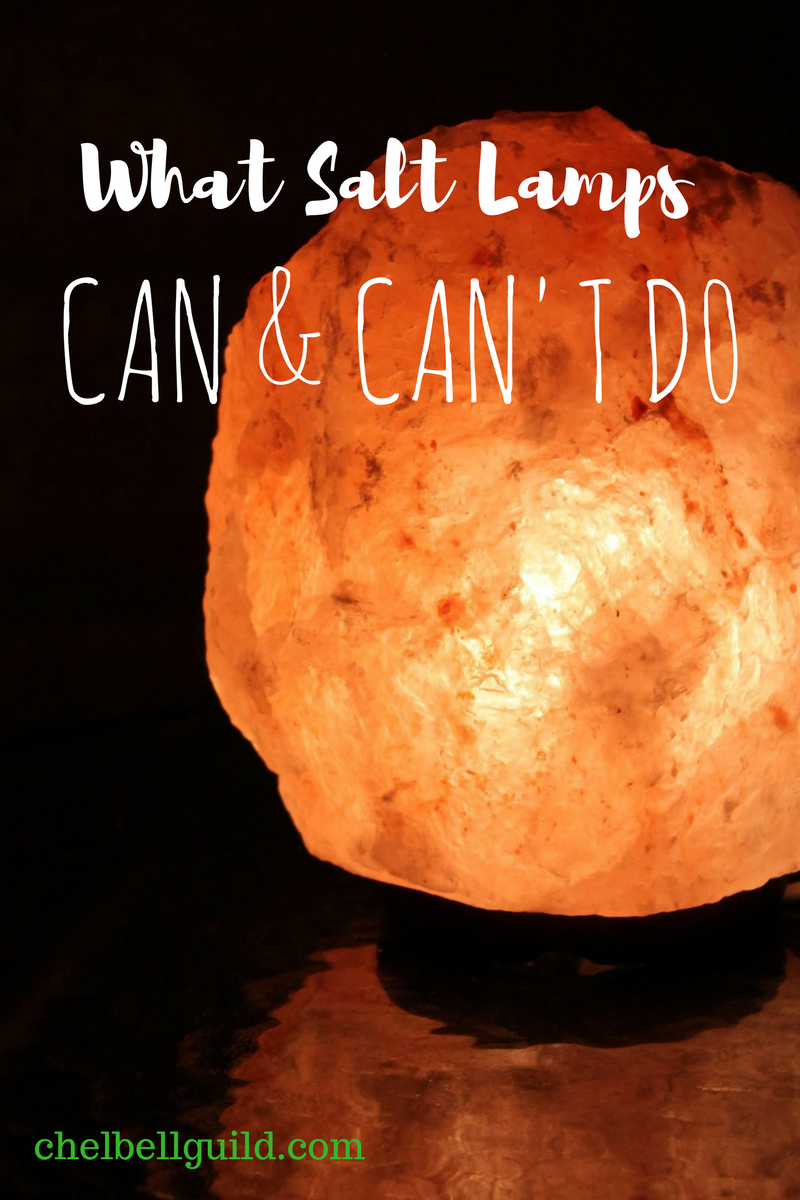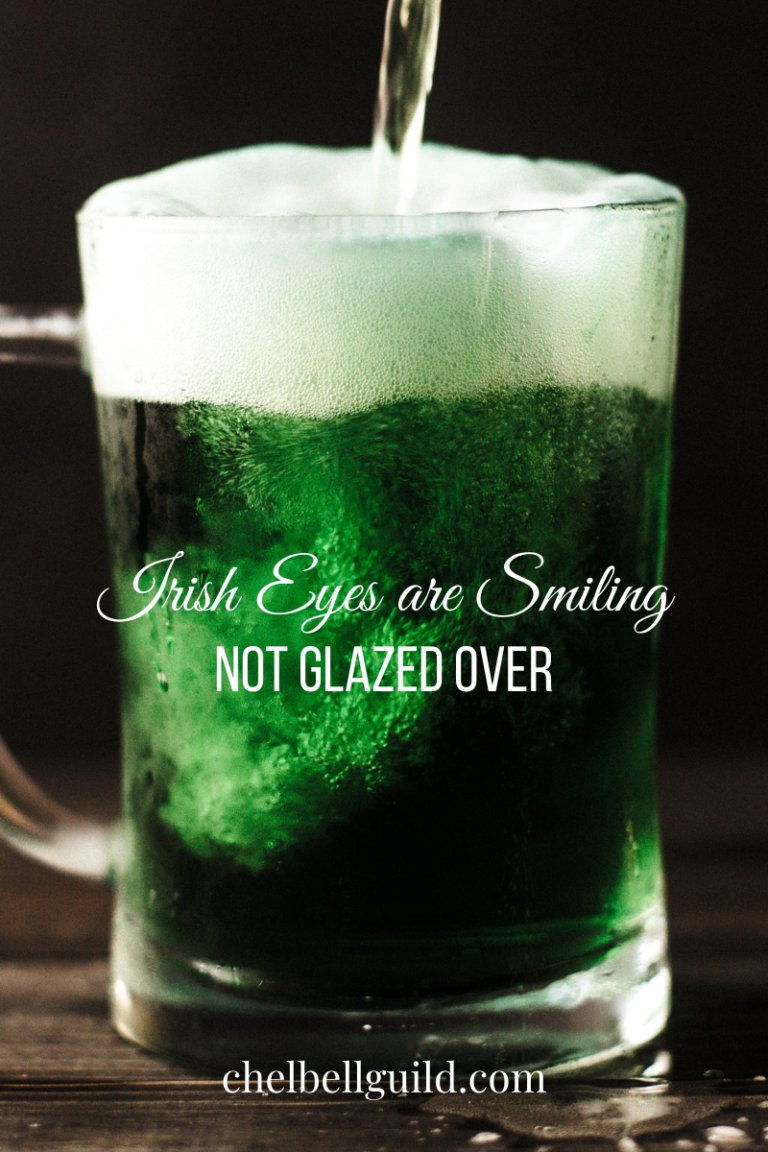What Salt Lamps Can & Can’t Do

I’m a spiritual, manifesting, tree-hugging hippie, but I’m also a rational person that values evidence. While I do believe in some things that can’t be proven conclusively by science, the majority of the choices I make are backed by results-driven data (if only by a very real placebo effect).
Salt lamps have become mainstream in the past few years, with tons of claims being made about their supposed health benefits. Yet from a chemistry standpoint, these claims don’t make a whole lot of sense. I own two of these beautiful lamps myself, but I made the choice to bring them into my home fully understanding their limitations.
{A word to the staunch believers out there: If you’re looking for proven health benefits, you need to use proven and credible sources while doing your research. Just because a website’s name sounds like a real medical journal doesn’t mean it is one. There’s no Internet police out there fact-checking the claims, so please triple check before believing anything you read online, including the information I’m sharing here. This goes for all oils, diets, magic potions and quick fixes.}
Salt lamps cannot:
-clear the air of electronic smog
-oxygenate the brain
-reduce symptoms of depression and seasonal affective disorder
-improve the immune system
-clean allergens, toxins, mold and pollutants from the air
-generate enough negative ions (if any) to produce measurable effects
Salt lamps can:
-add tranquil ambiance to a room
-possibly provide subtle color therapy (The use of specific colors in décor has been shown to affect cognitive performance and mood. Just don’t expect a single glowing rock to give to an emotional 180.)
I originally thought salt lamps could at least provide some air cleansing effects, despite knowing the negative ion claims were grossly exaggerated. A better option is to instead incorporate indoor plants into your home and office. Multiple studies, including one from NASA, have proven that houseplants absorb volatile chemical compounds (VOCs) from the air. Check out this guide to which plants filter which common household toxins. (Peace lilies and variegated snake plants are among the top performers.)
How do you feel about Himalayan salt lamps? How about houseplants?






